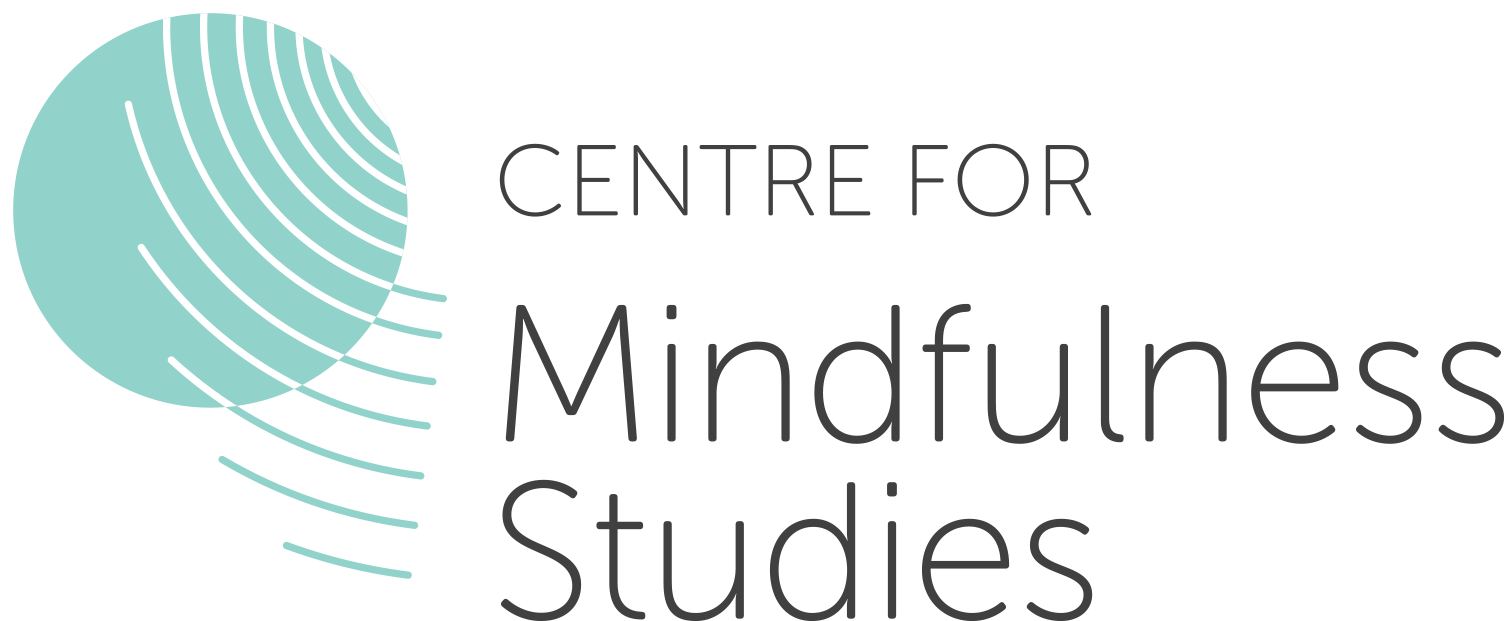Our bodies are always in the present. Our sensory data continually reports whether our current experience (either inside or outside of ourselves) is perceived as good or bad for us. If an experience is initially felt as positive we tend to move toward it, if aversive we tend to move away. Experiences we find neutral may escape our conscious awareness altogether. These tendencies are often the first step into our habitual reactions of clinging, avoidance, rumination, or anxiety depending on the nature of what is showing up.
Mindfulness is the awareness that emerges from intentionally training to regulate our attention and affect and a willingness to encounter, at least temporarily, whatever is arising so we can come to fully know our direct experience. Why develop this capacity? Because we can then choose to de-fuse or get some distance from difficult thoughts and feelings that may often overwhelm, or in which we become immersed. We can make more skillful choices about how to respond to life challenges and disturbing emotional states.
Mindfulness assists us in exploring our relationship to what shows up day to day, to see that everything is contingent upon everything else, and impermanent. This can be a great relief. However, in examining how we relate to our lives we need to consider what have been called, “the Hindrances” or obstacles to the present. “Sloth and torpor” cause us to check out of experience, missing what is really happening moment to moment. Agitation or anxiety, aversion or ill will, doubt (about ourselves or others) and wanting things to be different than they are take us away from what is happening right now, pitching us into the future or the past, or into thinking about the situation in which we find ourselves, rather than actually being with what is occurring. This is suffering.
With mindfulness we can cultivate loving-kindness, (a wish for the happiness of all) compassion (as Paul Gilbert describes it, the deep awareness of suffering, coupled with the wish and effort to alleviate it), sympathetic joy (delighting in others’ wellbeing) and equanimity, enabling us to relate to each other in a healthier way. We often operate instead with self-loathing and a “sense of lack” according to David Loy; and are much harder on ourselves than we are on others. Mindfulness helps us develop more wholesome traits.
But not all difficulty can be dealt with through mindfulness alone. Human beings are meaning makers for good and ill. Cognitive Behaviour Therapy (CBT) teaches us to look at the meaning we ascribe to experience through the examination of our thoughts, emotions and bodily reactions to any situation causing distress. Core beliefs we hold about the self, when activated drive our habitual reactions and behaviours. A negative belief such as, “I am a failure” can have a powerful impact on how we interact with others and the world. By evaluating and challenging these habitual views we may loosen their grip, opening up to more skillful ways of responding and increasing our options.
Mindfulness and CBT are models of mind giving us tools for better living. Both allow us to increase our self-knowledge. We can ask ourselves whether a problem really needs addressing and if the answer is yes, we can skillfully choose how to proceed. Is a shift in attitude needed, or should we problem solve and take action, or can we work with the difficulty using the practice? The practice can assist us with emotional regulation helping us to see that things are often not that big a deal or that if we hang around, staying with challenging states they ultimately pass.
Sylvia Boorstein said, “Life is painful, suffering is optional.” Mindfulness and CBT can help us to reduce the suffering we tend to heap on top of the pain of change, aging, illness, and other losses. As a patient of mine recently remarked, mindfulness and CBT help us shrink down to the present, bringing just a bit more ease, making everything life offers just that much more manageable.


